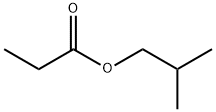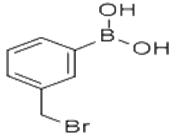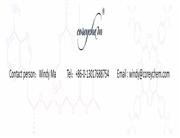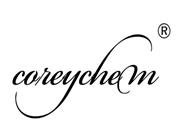| Chemical Properties |
clear colorless liquid |
| Uses |
manufacture of fruit essences. |
| General Description |
A colorless liquid. Flash point of 86°F. Less dense than water. Vapors heavier than air. May be mildly toxic by ingestion, inhalation and skin absorption. Used to make plastics. |
| Air & Water Reactions |
Highly flammable. Slightly soluble in water. |
| Reactivity Profile |
Isobutyl propionate is an ester. Esters react with acids to liberate heat along with alcohols and acids. Strong oxidizing acids may cause a vigorous reaction that is sufficiently exothermic to ignite the reaction products. Heat is also generated by the interaction of esters with caustic solutions. Flammable hydrogen is generated by mixing esters with alkali metals and hydrides. |
| Health Hazard |
May cause toxic effects if inhaled or absorbed through skin. Inhalation or contact with material may irritate or burn skin and eyes. Fire will produce irritating, corrosive and/or toxic gases. Vapors may cause dizziness or suffocation. Runoff from fire control or dilution water may cause pollution. |
| Fire Hazard |
HIGHLY FLAMMABLE: Will be easily ignited by heat, sparks or flames. Vapors may form explosive mixtures with air. Vapors may travel to source of ignition and flash back. Most vapors are heavier than air. They will spread along ground and collect in low or confined areas (sewers, basements, tanks). Vapor explosion hazard indoors, outdoors or in sewers. Runoff to sewer may create fire or explosion hazard. Containers may explode when heated. Many liquids are lighter than water. |
| Safety Profile |
Mldly toxic by ingestion. Flammable when exposed to heat or flame, can react vigorously with oxidizing materials. When heated to decomposition it emits acrid smoke and irritating fumes. See also ESTERS, PROPIONIC ACID, and ISOBUTYL ALCOHOL. |

 China
China







